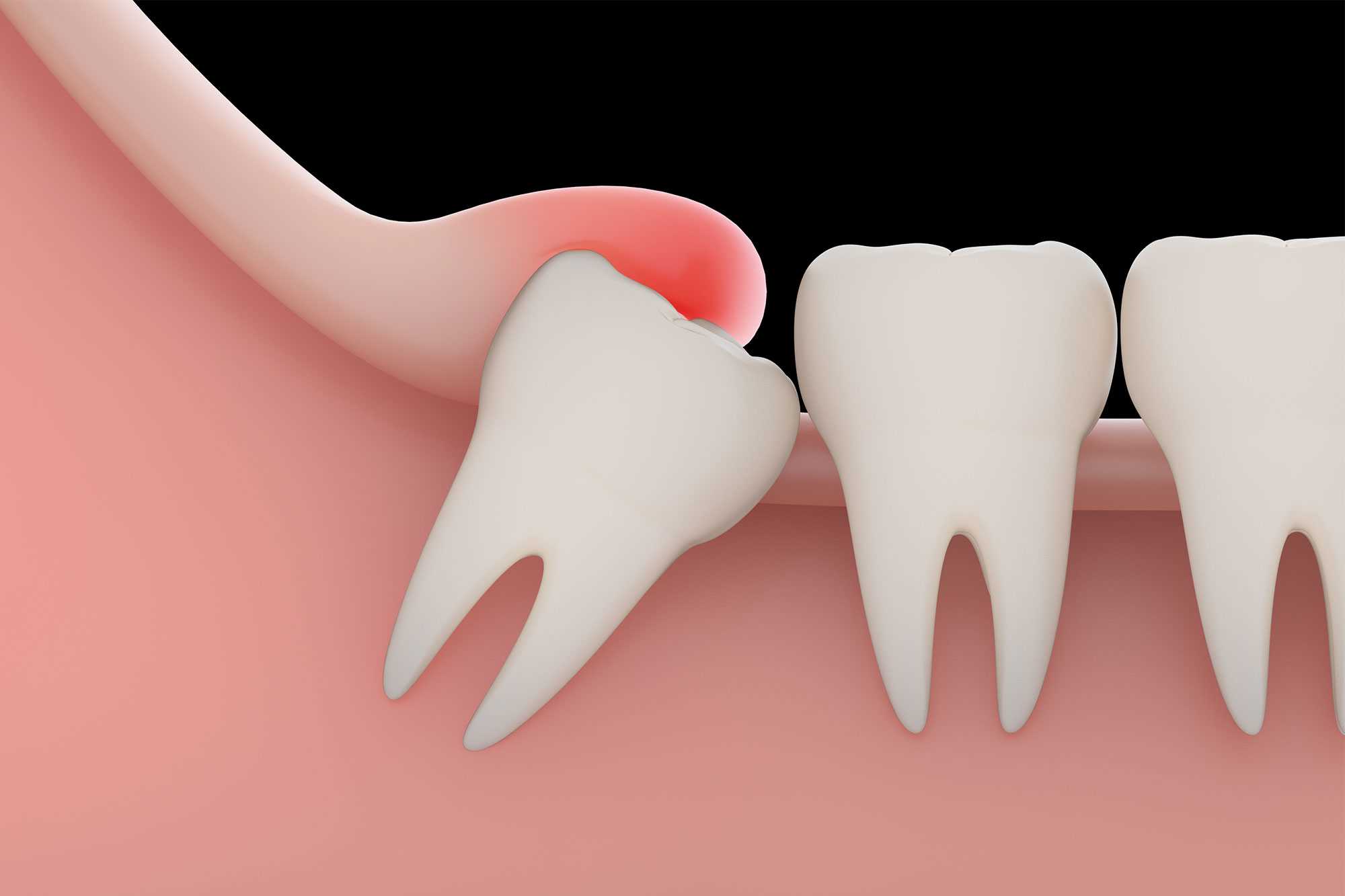Surgical Dental
Wisdom Tooth Removal

Wisdom Tooth Extraction
Extraction is the process of the removal of teeth under local anesthesia, which numbs the tooth site. Tooth extraction is performed by a dentist or oral surgeon and is a relatively quick outpatient procedure. Removing visible teeth is a simple extraction. Teeth that are broken, below the surface, or impacted require a more involved procedure.
Most common reason for tooth extraction is excessive tooth decay and tooth infection. Additionally, some patients who get braces may need one or two teeth removed to provide room for their other teeth to shift in right alignment. Also, the patients who are undergoing chemotherapy or are about to have an organ transplant may need removal of compromised teeth in order to keep their mouth healthy.
We all are aware that we humans have 32 permanent teeth. The last teeth to appear in the oral cavity are the last molars, often termed as wisdom teeth. These teeth appear in the mouth after the age of 18 years and sometimes even in late adulthood.
There are a set of four wisdom teeth, two on the top line and two on the bottom.
Due to the evolutionary process, the jaw size in humans is decreasing. This has led to reduced space for the last tooth i.e., the wisdom tooth, hence causing them to appear in abnormal positions and angles which can be painful, and there may be increased food lodgement around them. Also their misalignment due to space constraints might also damage the adjacent teeth. If this is left untreated for a long time, it can lead to infection and swelling, affecting the neighbouring tissues like other teeth and gums.
Also, you will be surprised to know that wisdom teeth do not even help in chewing food!!So, if you are suffering from such a toothache, then it is better to get your wisdom tooth extracted.
What Are The Symptoms That Suggests Wisdom Tooth Removal?
In case you have-
- Pain behind your molars that can be very severe at times
- Redness, swelling, tenderness that can lead to infection
- Foul breath as well as bad taste in the mouth
- Jaw pain and stiffness
Procedure For Wisdom Teeth Removal
The extraction of a wisdom tooth depends upon how far it has erupted. For a tooth that has fully erupted, the extraction is easier. For the impacted tooth, incisions must be made in the gums. The wisdom tooth is usually extracted in parts to minimise the amount of bone required to be extracted for tooth removal.
The dentist will first evaluate the position of the wisdom tooth as well as the complexity of the situation before starting the extraction.
1. Anaesthesia: A local anaesthesia is administered in the area near the tooth to numb it. This is done to keep the patient out of pain and discomfort.
2. Tooth Extraction: Once the area around the wisdom tooth has numbed, the dentist will extract the tooth. There will be a certain pulling pressure felt and no pain at this time. Once the tooth is extracted a medicated gauze bandage is placed at the site to stop bleeding.
The numbness might wear off after 30 minutes to two hours and your dentist might advise you to stop eating from that side for some time.
Post Wisdom Tooth Removal
There may be mild pain, swelling and reduced mouth opening after the procedure for some time. It can be easily managed by following the special instructions and medicines that your dentist prescribes you. They will help to support you during recovery. We specialise in providing painless wisdom tooth removal with utmost care especially with regards to hygiene and sanitation measures for the complete safety of our patients. We are NABH accredited clinic and strictly adhere to their sterilisation and hygiene protocols.
What Care Should Be Taken Post Wisdom Tooth Removal?
- Avoid vigorous rinsing and touching the area.
- Be on a liquid diet for the first few days. Avoid the use of a straw.
- Do brush twice a day but make sure you are gentle on rinsing.
Other measures include –
- Bleeding management: Bleeding is a common effect after tooth extraction. Try to spit less and place a gauze over the extraction site to control blood flow. However, if the bleeding exceeds, then visit your dentist immediately. Pain management: Pain can be managed with pain killers. Your dentist will prescribe you the necessary painkillers. Swelling: Swelling at the extraction site and in the cheek might stay for a couple of days. The dentist recommends using an ice pack externally near the extraction site.
We at Sood Dental Care and Implant Centre are committed to providing you with comprehensive dental solutions for all your dental problems.
Schedule your appointment today and take the first step towards a healthier, brighter smile! To make an appointment Call us on +91 9914 066 700






